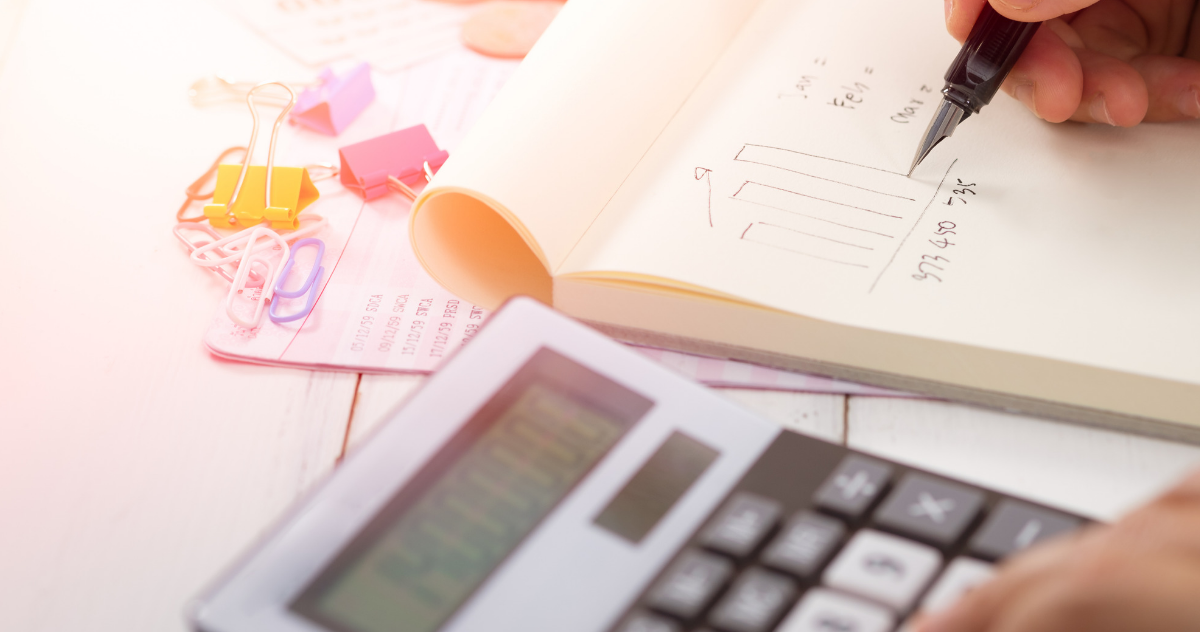Finance in your 30’s: What should you be doing?
Like lots of 30 somethings – you may be worried about your health insurance, mortgage or rent fees, and the ...
Read More
When it comes to the end of the financial year, it pays to be prepared so that you can make sure you’re getting the biggest possible return for your tax claim.
There are a few tips and tricks that you can employ to maximise your refund from the Australian Taxation Office. These include both ongoing activities that you’ll need to complete throughout the year, as well as specific methods for dealing with your actual tax claim.
So, whether you’re planning on spending your return on a holiday, bills, or popping it away in your savings account – let’s take a look at some simple ways you can boost your tax return at the end of the financial year (EOFY).
This is really something that you should start (or continue) doing as soon as you’ve lodged your tax return – start collecting your receipts for the next one! You should be tracking all of your expenses relating to your work and income that are eligible for a tax deduction (including kilometres driven for work, uniforms and dry cleaning, home office expenses, sun protection and self-education).
However, gone are the days when the only way to accurately keep track of your receipts and records was to stuff electronic dockets and handwritten notes in a shoebox to sift through when it came to the end of the financial year. Now, there are handy mobile phone apps that allow you to easily and consistently track your work-related expenses.
Some of these include:
If you’re wanting to do your part to minimise your paper usage and help the environment out, you can also start requesting email receipts instead of paper ones. Create a custom folder in your email inbox, and as soon as the receipt lands, drag it in there. This means you’ll be all set and organised when it comes to tax time, as you’ll have everything in the same place.
If you need to purchase a fairly expensive item for work and it’s something that you’ll be able to claim for, maximise your return by making sure you buy it before the end of the financial year. This could include a bulk uniform order, a new laptop, new work equipment or items for home offices. You could even enrol into that upskilling course you’ve had your eye on!
If you feel that doing your own tax return is achievable for you, then that’s great news! You’ll be saving on tax agent fees (even though it’s important to remember that these are actually tax deductible themselves).
However, if you have lots of items to claim (or a few different PAYG summaries to reconcile) then it can save you lots of time to find a good registered tax agent.
Registered Tax Agents are the only tax agents that can charge fees for their services, so you need to do your research in ensuring that you’re hiring a reputable, honest and accredited tax agent. Your agent should be recognised by one of these three industry bodies: Chartered Accountants Australia and New Zealand, CPA Australia or the Institute of Public Accountants (IPA).
Booking an appointment with an accountant early (you should call up at least a couple of months before the end of the financial year to make an appointment in July) will be helpful in ensuring you get a spot, as tax agents can get pretty busy around tax time (obviously).
Now THIS is where we get to crunch time when it comes to maximising your return. Making sure that you claim for every possible tax deduction you may be eligible for will ensure you have the biggest possible deposit from the Australian Taxation Office in your bank account – and the lower the chance you’ll owe the tax office money and have to pay a bill.
Let’s take a look at some things you can claim that you may not have thought of.
You don’t need to supply written proof (such as a receipt) for a total of work-related expenses under $300, however for expenses over this amount, you will need to provide proof.
Get ready for tax time today
It’s never too late to start tracking your spending and setting better habits for the next financial year. Download a receipt/spending tracker, and you’ll be amazed at how much difference it could make to your bank account – bot at tax time and now.
Disclaimer: Please note this content is provided as general information only and does not take into account your objectives, financial situations or needs. For advice tailored to your financial situation, it is advised that you seek guidance from an accountant or financial advisor. The above post refers to application software (“App, Apps”) that is not affiliated or associated with Nimble. We do not have any control or responsibility over the content of the Apps. Use of the Apps may be subject to further terms and conditions imposed by the App provider, the owner of the mobile operating system and/or other related parties. The above links belong to a variety of websites and not Nimble, so clicking on, and using them, will take you away from Nimble’s website meaning we’ve got no control or responsibility over the content. Nimble does not endorse and is not affiliated or associated in any way whatsoever to the businesses named in this blog post. The information contained in this article is correct at the date of publication.